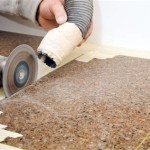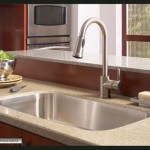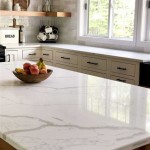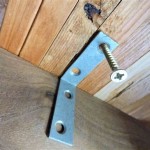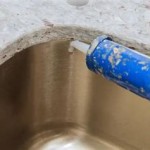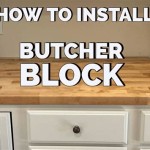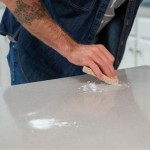Pour In Place Concrete Countertop Forms
Concrete countertops are a beautiful and durable option for any kitchen or bathroom. They are made by pouring concrete into a form and letting it cure. The form can be made from a variety of materials, but the most common is melamine. Melamine is a type of plastic that is strong and durable, and it can be easily cut and shaped. Other materials that can be used for concrete countertop forms include wood, metal, and fiberglass.
The first step in making a concrete countertop is to build the form. The form should be the same size and shape as the countertop you want to create. It is important to make sure that the form is level and square, or the countertop will not be level or square. Once the form is built, it should be sealed with a concrete sealer to prevent the concrete from sticking to it.
The next step is to mix the concrete. Concrete is a mixture of cement, sand, gravel, and water. The proportions of each ingredient will vary depending on the type of concrete you are using. Once the concrete is mixed, it should be poured into the form. The concrete should be vibrated or tapped to remove any air bubbles. Once the concrete is poured, it should be allowed to cure for at least 24 hours.
After the concrete has cured, it can be removed from the form. The concrete countertop can then be finished with a variety of techniques, such as staining, polishing, or sealing. Concrete countertops are a beautiful and durable option for any kitchen or bathroom. They are easy to care for and can last for many years.
Tips for Building a Concrete Countertop Form
Here are a few tips for building a concrete countertop form:
- Use a strong and durable material, such as melamine, wood, metal, or fiberglass.
- Make sure the form is level and square.
- Seal the form with a concrete sealer to prevent the concrete from sticking to it.
- Use a concrete mix that is appropriate for the type of countertop you are creating.
- Vibrate or tap the concrete to remove any air bubbles.
- Allow the concrete to cure for at least 24 hours before removing it from the form.
Finishing a Concrete Countertop
Once the concrete countertop has been removed from the form, it can be finished with a variety of techniques. Here are a few ideas:
- Staining: Concrete countertops can be stained to change their color. There are a variety of concrete stains available, so you can choose the color that best matches your kitchen or bathroom.
- Polishing: Concrete countertops can be polished to give them a smooth and shiny finish. Polishing can also help to make the concrete more resistant to stains and scratches.
- Sealing: Concrete countertops should be sealed to protect them from stains and moisture. There are a variety of concrete sealers available, so you can choose the one that best meets your needs.

Diy Concrete Countertops Part I Setting The Forms Wildfire Interiors

Diy Pour In Place Concrete Countertops Part 1 Addicted 2 Decorating

Concrete Countertops How To Pour In Place Outdoor Kitchen Part 6

Pour In Place Concrete Countertop Pouring Step 4 3 Exchange

How To Make Diy Cast In Place White Concrete Countertops Do It Yourself Fun Ideas

Diy Pour In Place Concrete Countertops Youtube
Pour In Place Concrete Counters Dave And Kelly Davis

A Primer On Concrete Countertops Precast Vs Pour In Place Addicted 2 Decorating

Pour In Place Concrete Countertop Exchange

How To Form And Pour Diy Concrete Countertops In Place Youtube
See Also

